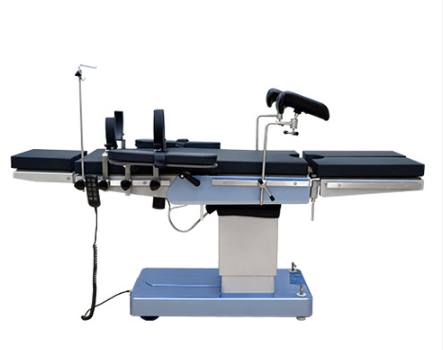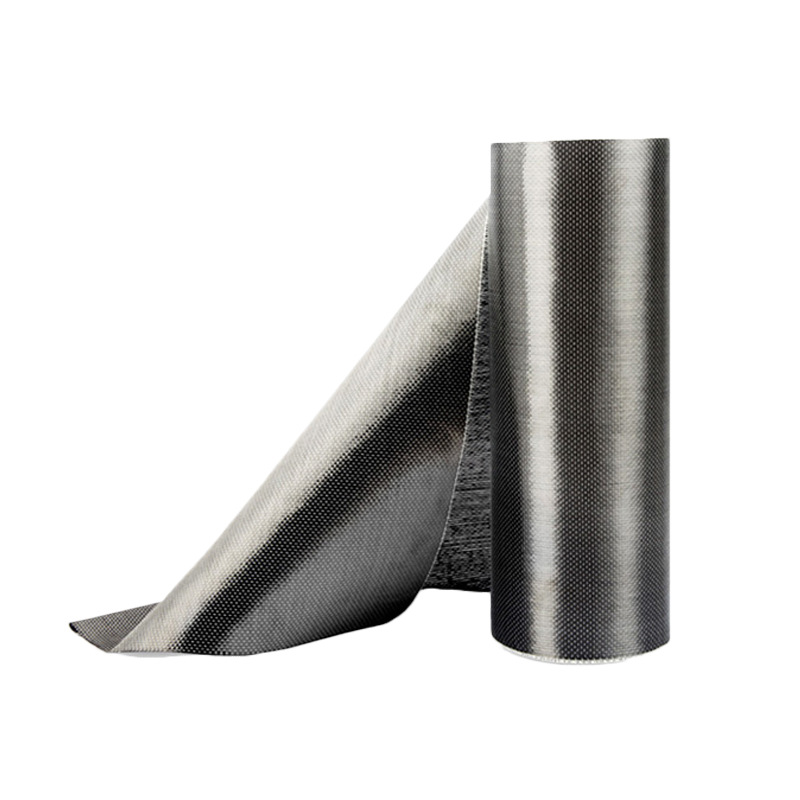What does the "K" mean in carbon fiber?
- Apr-30-2025
- (44) Views
In the field of carbon fiber, "K" represents kilos, which refers to the unit of the number of single fibers in a carbon fiber bundle. For example, 1K indicates that the carbon fiber bundle contains 1000 monofilaments, 3K indicates that it contains 3000 monofilaments, 6K indicates that it contains 6000 monofilaments, 12K indicates that it contains 12000 monofilaments, and so on.
[Strength and Modulus]
Generally speaking, the lower the K number, the more regular the arrangement of single fibers in carbon fiber bundles, and the higher the strength and modulus when made into composite materials. For example, 1K carbon fiber may have higher strength and modulus per unit area than similar products made of 12K carbon fiber after being processed into appropriate products. This is because carbon fibers with low K numbers have easier control over their orientation and distribution during the molding process, resulting in more effective stress transmission within the composite material.
[Application Fields]
High end precision field: 1K carbon fiber is commonly used in the manufacturing of high-end and precision products, such as some components in the aerospace industry that require extremely high weight and performance, such as the leading edge of aircraft wings and structural components of satellites. Because these application scenarios require materials with extremely high performance, 1K carbon fiber can better meet the strict requirements for strength, stiffness, and weight, and its fine texture also meets the design requirements of high-end products in appearance.
General high-performance fields: 3K and 6K carbon fiber are widely used in sports equipment (such as high-end bicycles, golf clubs, etc.) and high-performance automotive components (such as racing car bodies, engine components, etc.). They achieve a good balance between performance and cost, providing high strength and stiffness to meet the high-performance requirements of the product, while also having relatively good economy.
Large structures or cost sensitive fields: 12K carbon fiber is commonly used in large structural components or cost sensitive fields due to its relatively low cost (due to factors such as high production efficiency, thicker single filament bundles, and ease of processing). For example, in some building reinforcement projects, 12K carbon fiber can be used to strengthen concrete structures; In the manufacturing of wind turbine blades, 12K carbon fiber can reduce production costs while meeting basic performance requirements.
 English
English





